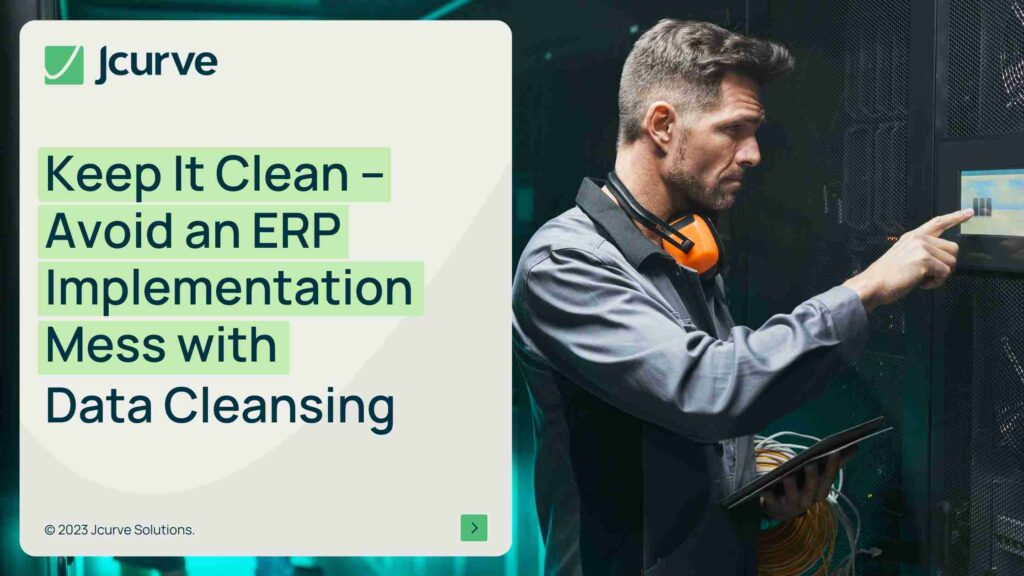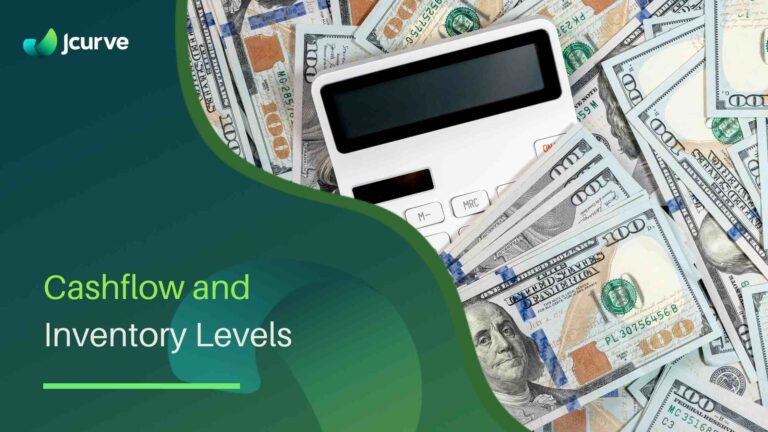Embarking on an ERP implementation can be daunting, but preparing your data properly is essential for a successful transition. Like packing for a move, it requires focus, organisation, and preparation. Cleansing your data beforehand can prevent issues during the implementation process, especially in Singapore where efficient data management is crucial.
Where to Tidy Up?
Deciding Where to Clean Data
Data can be cleaned in the source system or exported to Excel for manual manipulation. Cleaning data within your existing systems ensures that integrity is maintained, and processes remain aligned with real-time operations. However, when data is exported to Excel for cleaning, it allows for manual manipulation, which can be useful for large datasets or complex cleansing tasks. It’s essential to ensure the cleaned data is accurate before re-importing it into your current systems to maintain alignment until the ERP system goes live.
Best Practices for Data Cleansing
- Excel Skills: Ensure your team is proficient in Excel to avoid errors.
- Verification: Have a separate person check changes to maintain accuracy.
- Alignment: Re-import cleaned data into current systems to keep everything aligned until the ERP goes live.
Keep on Top of Things
Project Journal
Maintain a project journal using tools like Google Docs or Trello. Document issues and changes to avoid discrepancies and facilitate collaboration. This practice is particularly effective for Singaporean teams who rely heavily on collaborative tools to ensure seamless communication and documentation.
What to Clean Up
Common Areas for Data Cleansing
- Products: Remove negative stock, reconcile out-of-balance ledgers, and address obsolete items.
- Transactions: Resolve incomplete orders, outdated quotes, and unallocated credits.
- Customers: Correct missing email addresses, merge duplicates, and handle inactive customers appropriately.
Uncommon Exceptions
Here are some of the more common exceptions that you may not have thought about or may want to explore further:
- Unmatched Purchase Orders: Ensure all purchase orders are matched with receipts.
- Stale Inventory: Identify and clear out obsolete inventory items.
- Data Consistency: Ensure data formats are consistent across all records.
What Not to Do
Avoid overcomplicating the implementation by introducing too many changes simultaneously. Focus on essential changes and consider additional process changes post-implementation.
The Necessity of Cleaning
Taking a well-thought-out approach to data cleansing ensures greater success in your ERP implementation, maximising your investment and the time spent. This is especially important in Singapore where businesses strive for high efficiency and minimal downtime.










